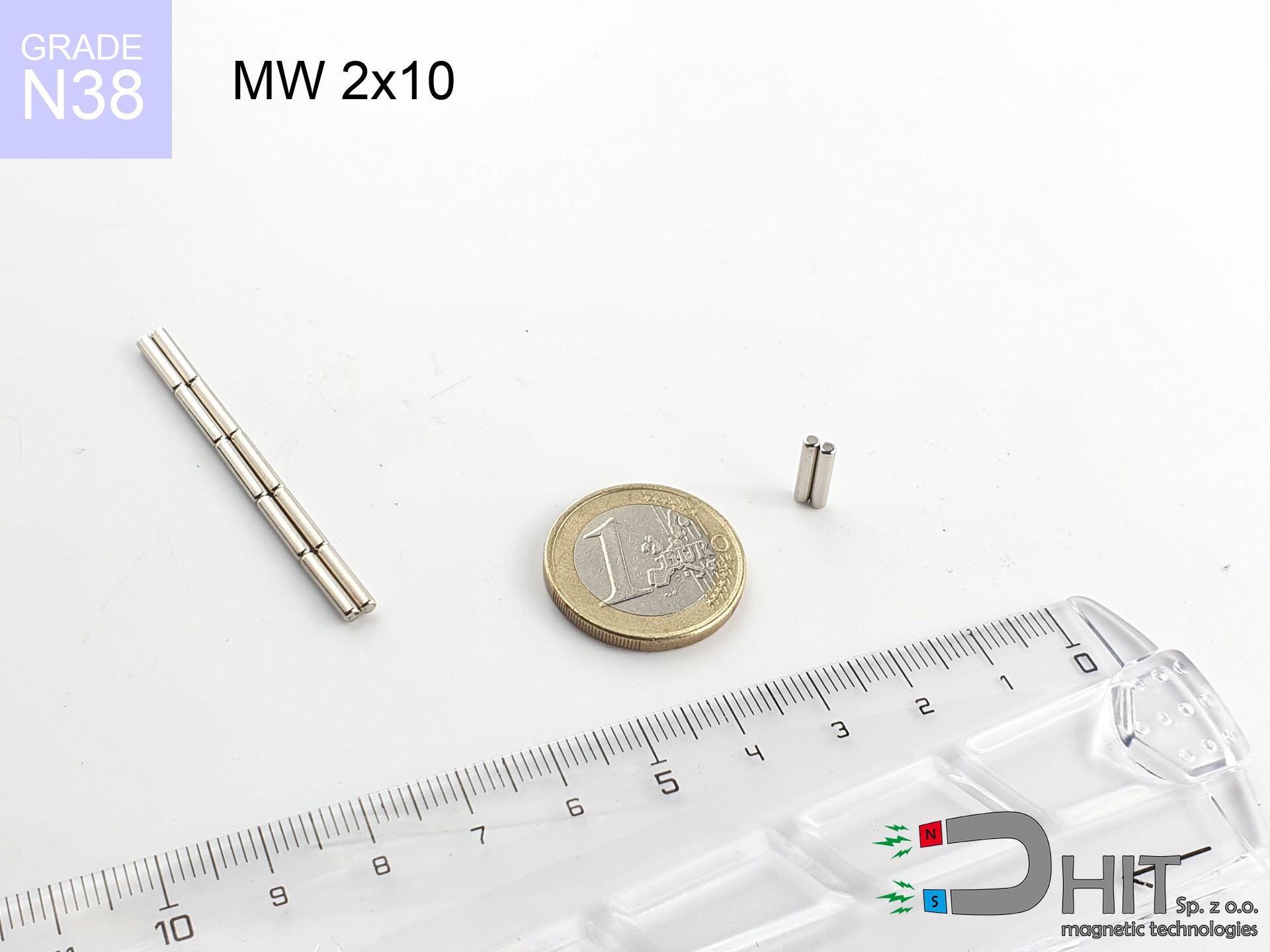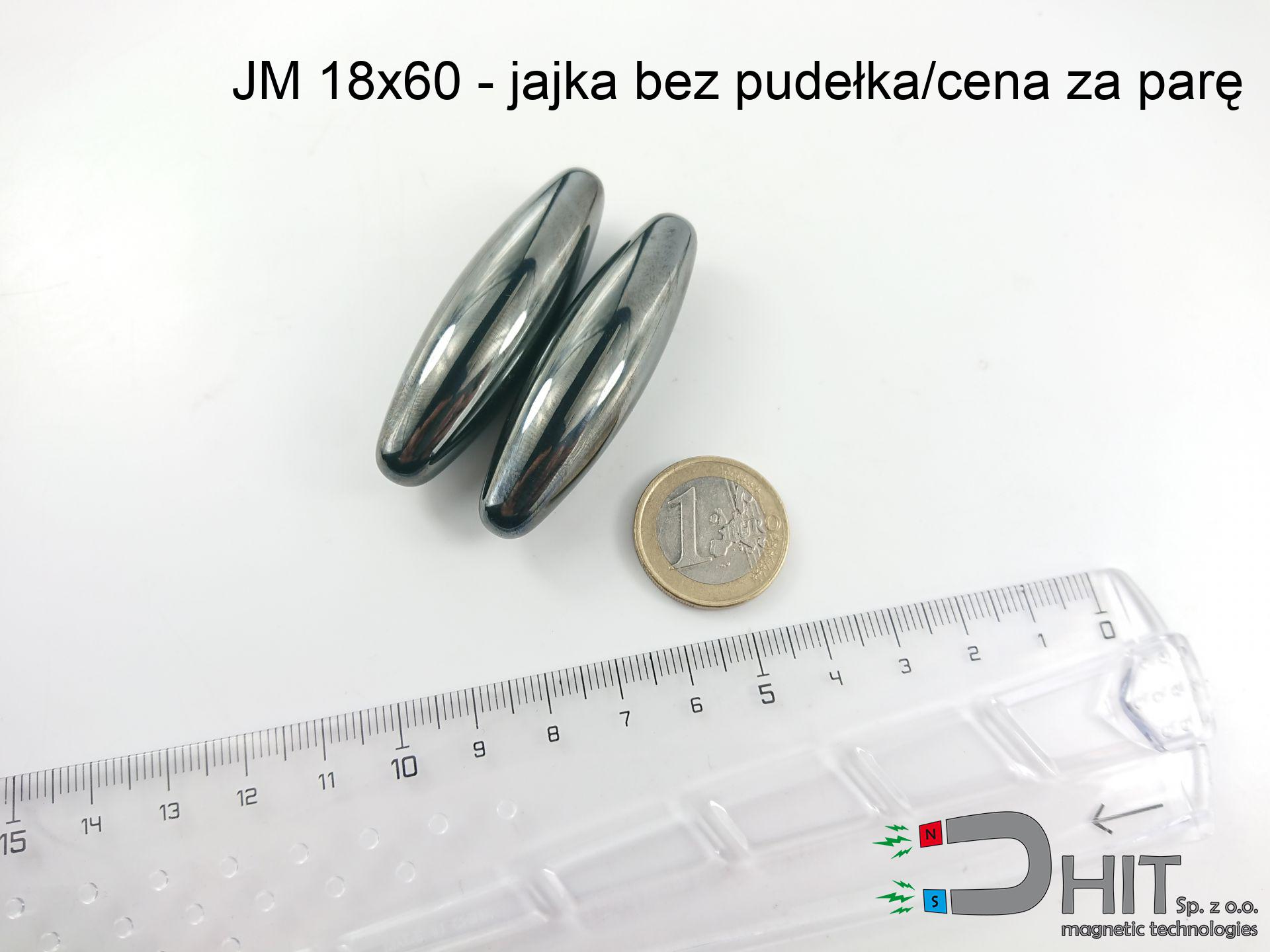SM 25x400 [2xM8] / N52 - magnetic roller
magnetic separator
catalog number 130470
GTIN: 5906301813132
diameter Ø
25
mm [±0,1 mm]
height
400
mm [±0,1 mm]
max. temperature
≤ 80
°C
catalog number 130470
GTIN: 5906301813132
diameter Ø
25 mm [±0,1 mm]
height
400 mm [±0,1 mm]
max. temperature
≤ 80 °C
1205.40 ZŁ gross price (including VAT) / pcs +
980.00 ZŁ net price + 23% VAT / pcs
bulk discounts:
need more quantity?Want to bargain?
Call us tel: +48 888 99 98 98 or get in touch through contact form on our website. You can check the mass and the appearance of neodymium magnets in our magnetic mass calculator power calculator
Orders placed by 2:00 PM will be shipped on the same business day.
Specification: magnetic separator 25x400 [2xM8] / N52
Magnetic properties of the material N52
Physical properties of sintered neodymium magnets Nd2Fe14B
Compilation of suggested goods
Advantages as well as disadvantages of neodymium magnets NdFeB.
In addition to immense power, neodymium magnets have the following advantages:
- They do not lose their power (of the magnet). After approximately 10 years, their strength decreases by only ~1% (theoretically),
- They are exceptionally resistant to demagnetization caused by an external magnetic field,
- In other words, thanks to the shiny coating of nickel, gold, or silver, the element acquires an aesthetic appearance,
- They exhibit very high magnetic induction on the surface of the magnet,
- Magnetic neodymium magnets are characterized by very high magnetic induction on the surface of the magnet and can operate (depending on the form) even at temperatures of 230°C or higher...
- The ability for precise shaping or customization to specific needs – neodymium magnets can be produced in many variants of shapes and sizes, which enhances their versatility in applications.
- Wide application in advanced technologically fields – are utilized in computer drives, electric drive mechanisms, medical devices and other modern machines.
Disadvantages of neodymium magnets:
- They are prone to breaking as they are extremely fragile when subjected to a strong impact. If the magnets are exposed to impacts, it is suggested using magnets in a steel housing. The steel housing in the form of a holder protects the magnet from impacts and also increases its overall strength,
- High temperatures can reduce the power of neodymium magnets. Typically, after heating above 80°C, most of them experience a permanent loss in strength (although it is dependent on the shape and size). To prevent this, we offer special magnets marked with the symbol [AH], which are highly resistant to high temperatures. They can operate even at temperatures up to 230°C, making them an ideal solution for applications requiring high-temperature operation,
- Due to their susceptibility to corrosion in a humid environment, we recommend using waterproof magnets made of rubber, plastic, or other moisture-resistant materials when using them outdoors,
- The use of a cover - a magnetic holder is recommended due to the limited production capabilities of creating threads or complex shapes in the magnet
- Potential hazard arising from small pieces of magnets can be dangerous, when accidentally ingested, which is crucial in the context of children's health. It's also worth noting that tiny parts of these devices can hinder the diagnostic process in case of swallowing.
Handle Neodymium Magnets with Caution
Never bring neodymium magnets close to a phone and GPS.
Strong fields generated by neodymium magnets interfere with compasses and magnetometers used in navigation, as well as internal compasses of smartphones and GPS devices.
Neodymium magnets are among the strongest magnets on Earth. The surprising force they generate between each other can surprise you.
To use magnets properly, it is best to familiarize yourself with our information beforehand. This will help you avoid significant harm to your body and the magnets themselves.
Neodymium magnets can demagnetize at high temperatures.
Even though magnets have been found to maintain their efficacy up to temperatures of 80°C or 175°F, it's essential to consider that this threshold may fluctuate depending on the magnet's type, configuration, and intended usage.
Neodymium magnets should not be in the vicinity youngest children.
Remember that neodymium magnets are not toys. Do not allow children to play with them. In the case of swallowing multiple magnets simultaneously, they can attract to each other through the intestinal walls. In the worst case scenario, this can lead to death.
Neodymium magnets are fragile as well as can easily crack as well as get damaged.
In the event of a collision between two neodymium magnets, it can result in them getting chipped. They are coated with a shiny nickel plating similar to steel, but they are not as hard. In the case of a collision between two magnets, there can be a scattering of small sharp metal fragments in different directions. Protecting your eyes is essential.
The magnet is coated with nickel. Therefore, exercise caution if you have an allergy.
Studies clearly indicate a small percentage of people who suffer from metal allergies such as nickel. An allergic reaction often manifests as skin redness and rash. If you have a nickel allergy, try wearing gloves or avoid direct contact with nickel-plated neodymium magnets.
Dust and powder from neodymium magnets are highly flammable.
Do not attempt to drill into neodymium magnets. Mechanical processing is also not recommended. Once crushed into fine powder or dust, this material becomes highly flammable.
People with pacemakers are advised to avoid neodymium magnets.
In the case of neodymium magnets, there is a strong magnetic field. As a result, it interferes with the operation of a heart pacemaker. However, if the magnetic field does not affect the device, it can damage its components or deactivate the device when it is in a magnetic field.
Under no circumstances should neodymium magnets be placed near a computer HDD, TV, and wallet.
Strong fields generated by neodymium magnets can damage magnetic storage media such as floppy disks, credit cards, magnetic ID cards, cassette tapes, video tapes, or other similar devices. They can also damage televisions, VCRs, computer monitors, and CRT displays. Avoid placing neodymium magnets in close proximity to electronic devices.
Neodymium magnets can attract to each other due to their immense internal force, causing the skin and other body parts to get pinched and resulting in significant injuries.
If the joining of neodymium magnets is not controlled, then they may crumble and also crack. You can't move them to each other. At a distance less than 10 cm you should hold them extremely firmly.
In order to illustrate why neodymium magnets are so dangerous, read the article - How very dangerous are very powerful neodymium magnets?.

![SM 25x400 [2xM8] / N52 - magnetic roller SM 25x400 [2xM8] / N52 - magnetic roller](https://cdn3.dhit.pl/graphics/products/sm-25x400-2xm8-hoj.jpg)

![badge holder 45x13x6 [C321] / N38 badge holder 45x13x6 [C321] / N38](https://cdn3.dhit.pl/graphics/products/ui45x13x6-c321-jic.jpg)
![magnetic holder rubber internal thread 66x8.5 [M8] GW / N38 magnetic holder rubber internal thread 66x8.5 [M8] GW / N38](https://cdn3.dhit.pl/graphics/products/umg-66x8.5-m6-gw-wud.jpg)


